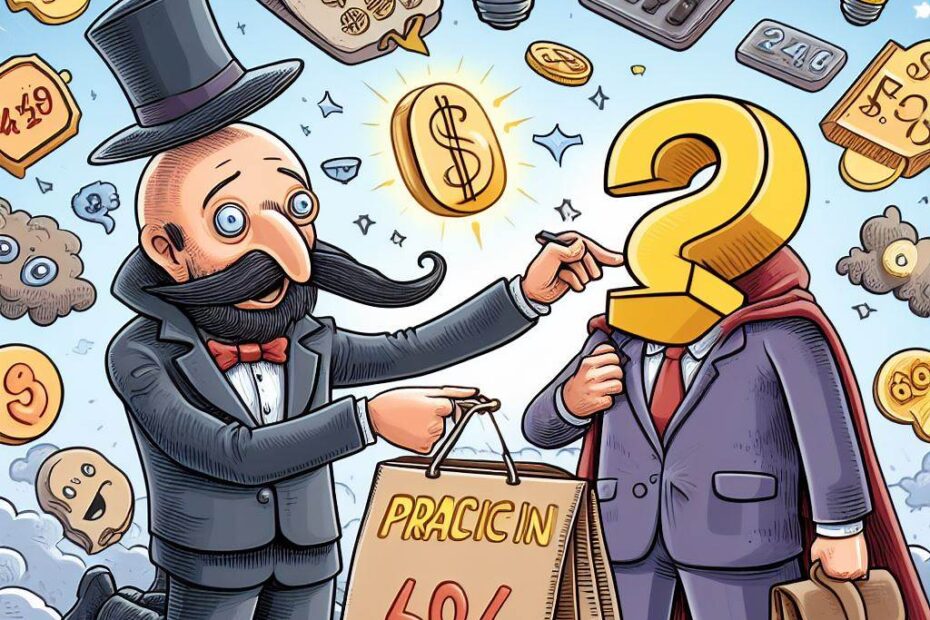Pricing psychology is a multidisciplinary field that delves into the intersection of economics, psychology, and marketing. It explores how consumers interpret prices and how these interpretations shape their purchasing decisions. The field aims to comprehend the emotional and cognitive processes that drive consumer behavior, thereby providing valuable insights for businesses to optimize their pricing strategies.
Pricing psychology is not just about understanding the price perception of consumers, but also about leveraging these perceptions to influence their buying decisions. For instance, businesses can use pricing hacks to reduce sticker shock and increase the perceived value of their offerings. One such strategy is to focus on the difference between two products rather than their absolute prices. For example, instead of offering a standard option for “$200” and a higher-quality alternative for “$250”, businesses can offer the high-quality option for “$50 more.
Moreover, pricing psychology can help businesses to translate intangible costs into metrics that resonate with consumers, such as dollar costs. This can reframe the total cost of ownership in a way that is more meaningful for consumers.
Another strategy is to use “stacked” discounts, which refer to cumulative discounts that are sequentially presented to consumers. Research shows that stacking multiple discounts is more effective than providing one overall discount.
In addition to these strategies, pricing psychology also involves understanding the psychology behind various pricing phenomena such as the decoy effect, bundling and price segmentation, tiered pricing, and price framing and perception.
By incorporating pricing psychology into their business strategies, businesses can enhance the perceived value of their offerings, increase customer engagement, and ultimately drive growth and profitability.
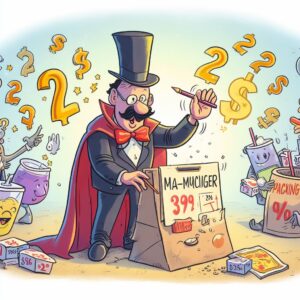
The Power of Magic Numbers
The concept of “magic numbers” in pricing psychology refers to certain numerical values that possess a unique influence on consumer behavior. These numbers, often ending in .99, are perceived as significantly lower than their actual value, even though the difference is just one cent. This phenomenon, known as “charm pricing,” has been extensively studied and has been shown to increase sales by up to 25%.
The perception of value is not just limited to the .99 ending. Any number can have a psychological effect on customers. For instance, in many East Asian cultures, the number 4 is considered unlucky, so businesses often avoid pricing products at $4.44 or $14.14.
This strategy is not limited to the .99 ending. The number nine is particularly powerful in pricing psychology. The publisher of the Chicago Daily News, Melvin E. Stone, reduced the price of his product from $1 to 99 cents, which augmented sales by 60 percent. This tactic is often called charm pricing.
The perception of prices ending in nine as being significantly lower is due to the way our brains process numbers. This phenomenon is called the left-digit effect, which compels us to focus on the first digit of a price and disregard everything after it.
However, it’s important to note that not all magic numbers are created equal. For instance, the number 3 is also considered a magic number in pricing strategy.
The power of magic numbers in pricing psychology is a fascinating and influential concept. It’s a strategy that businesses can leverage to increase sales and enhance customer perception of value. However, it’s also crucial to consider cultural and regional differences, as the effectiveness of a magic number can vary across different markets.
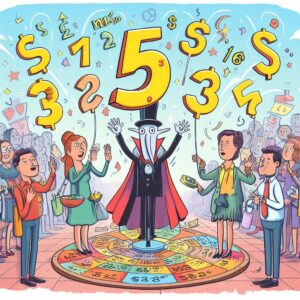
The Rule of Three
The “Rule of Three,” also known as the Goldilocks principle, is a potent pricing strategy that leverages the psychological principle of seeking ‘just the right amount’ of something. This strategy is implemented by offering three versions of a product at different price points: a basic version, a premium version, and a middle-of-the-road version. The idea is that consumers will typically choose the middle option, as it offers a balance between cost and value.
This strategy is based on the Goldilocks Effect, a concept derived from the children’s story “The Three Bears,” where a young girl named Goldilocks finds that she prefers porridge that is neither too hot nor too cold, but has just the right temperature.
In the context of pricing, businesses capitalize on the Goldilocks Effect by offering three versions of a product at different price points: one high-end, one middle, and one low-end. This strategy is a brand of something known as comparative pricing, where businesses offer multiple versions of a product simultaneously of varying quality, attached to corresponding price points.
To leverage the Goldilocks Effect, businesses should first pin down an ideal price point for their product or service, and pick a suite of features that reflect that value. Then, they should add a premium version with a handful more features and slightly better functionality at a higher price. Finally, they should add a slightly lower-priced option with fewer features. Ideally, most prospects will gravitate towards the median, “just right” option, and other buyers with different budgets and priorities can be reached with the two other iterations.
However, it’s important to note that this strategy can only work for certain businesses — ones that can offer tiered options for a single product or service.
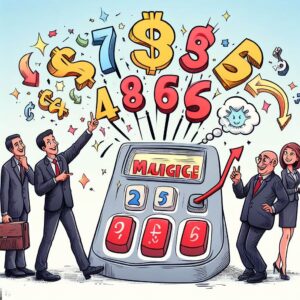
The Anchoring Effect
The anchoring effect is a cognitive bias that significantly influences our perception of prices. It is characterized by the tendency to rely heavily on the first piece of information we receive when making decisions, setting a benchmark or “anchor” for subsequent judgments. This bias can lead to poor decisions in various contexts, including purchasing decisions, where retailers often exploit it to their advantage.
Retailers often use the anchoring effect to their advantage by setting a high “anchor” price before offering discounts. This strategy makes the reduced price seem like a bargain, as consumers compare the discounted price to the initial high price. However, the anchoring effect can have both positive and negative effects depending on the price that the individual is exposed to first. If a customer first sees a product at its original, non-discounted price, this number will become an anchor. If they subsequently see a discount offer, they will evaluate this as a great deal. Similarly, if the customer is first exposed to the product at a reduced rate, returning later to the standard price may be viewed as unreasonably high.
The anchoring effect can also be influenced by the timing of the information. For instance, in negotiation, the party who makes the first offer often gets the lion’s share of the value. This can be due to the anchoring effect, or the tendency for first offers to “anchor” the bargaining that follows in its direction, even if the offer recipient thinks the offer is out of line.
The anchoring effect is a powerful cognitive bias that significantly influences our perception of prices and can be exploited by retailers to manipulate consumer behavior. Understanding this bias can help consumers make more informed decisions and avoid falling for the “bargain” trap.
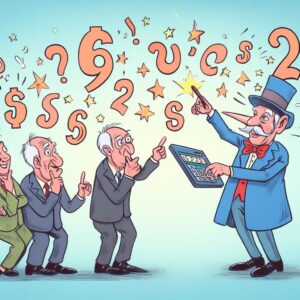
The Power of Free
The power of “free” is a compelling force that can significantly sway consumer behavior. This is particularly evident in promotions such as “buy one get one free” or offers of free shipping on orders exceeding a certain amount. The appeal of these offers lies in the perception of consumers that the value of free items is greater than their actual worth, a phenomenon known as the zero-price effect.
The zero-price effect is a psychological phenomenon where consumers perceive the value of a free item to be higher than its actual cost. This is because the perceived value of a free item is not zero, but rather the perceived value of the item itself. This effect is particularly strong when the item is not readily available or is difficult to obtain.
The power of “free” can also be influenced by other factors. For instance, the gender, age, and stage of life of the consumer can affect their decision-making process. Furthermore, the use of persuasive communication and advertising can also influence consumer behavior.
In the context of marketing strategies, the power of “free” can be leveraged to encourage impulse buying. This is because consumers are often more likely to make a purchase when they perceive a significant value in the item, even if the actual value is not as high as they initially thought.
However, it’s important to note that while the power of “free” can be a powerful tool in marketing, it should be used responsibly. Overuse of free offers can lead to consumer fatigue and can negatively impact the brand’s reputation. Therefore, it’s crucial to balance the use of free offers with other marketing strategies to ensure a positive consumer experience.
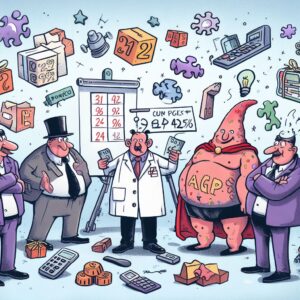
Decoy Pricing
Decoy pricing is a marketing strategy where a seller presents at least three products, one of which is not intended to be chosen by the consumer. This product, known as the decoy, is strategically positioned to make the other options appear more attractive. This strategy is a powerful tool in pricing psychology, as it can influence consumers to opt for a more expensive option.
The decoy pricing strategy is based on the cognitive bias that consumers tend to choose the middle option when presented with three choices. This is because our brains eliminate the cheapest option as it seems inferior to the rest, and the most expensive option is often perceived as having unnecessary features or not being worth the extra cost.
To implement decoy pricing effectively, a few steps need to be followed:
- Select the product you want to promote: This is usually a product that is popular among your customers.
- Structure the product: The product you want to promote should offer more benefits than the decoy product and be priced higher.
- Create a decoy: The decoy should be introduced in a way that does not drive customers away from the target product. The decoy product should be priced slightly less than the target product.
- Ensure there are at least three options: This provides enough context for customers to make a comparison.
- Track the decoy pricing: Evaluate the efficiency of the strategy by gathering data on sales and customer behavior.
However, it’s important to note that decoy pricing is not foolproof. It requires a deep understanding of your customer profile and their shopping behavior. The results of this tactic depend not only on prices but also brand positioning, properties and quality of products, and specifics of your target audience. Overusing this strategy can affect your brand reputation and customer-perceived value.
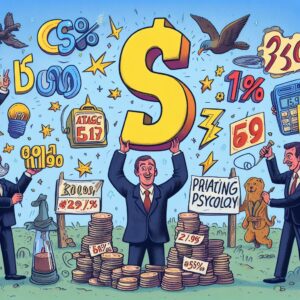
Conclusion
Understanding the magic numbers in pricing psychology can give businesses a significant advantage in the marketplace. By harnessing the power of these psychological principles, companies can influence consumer perception and behavior, ultimately driving sales and boosting profitability.
While pricing psychology is a powerful tool, it should be used ethically and responsibly. After all, the goal of any business should be to provide value to its customers, and that involves more than just clever pricing strategies. It’s about offering quality products, exceptional service, and fair, transparent pricing.
To learn more about the magic numbers in pricing psychology and how they can be applied in your business, consider enrolling in a course at Monash University’s School of Psychology. Their team of experts can provide you with a deep understanding of the principles of pricing psychology and how to use them to your advantage.
